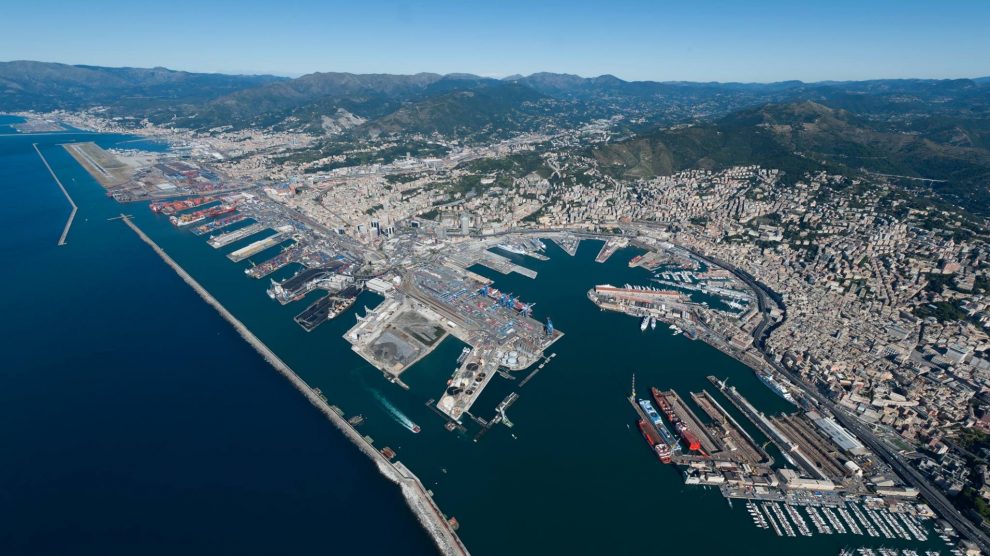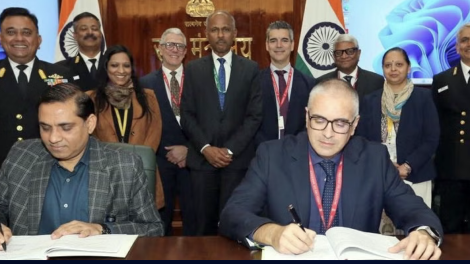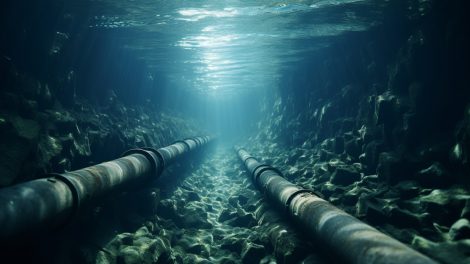Italy is betting on a €4.5 billion “Marshall Plan” to ferry its seaport ecosystem and logistical platforms into the future. Roughly 337 million will be spent to foster sea-rail integration by linking the piers to the State railway system’s last-mile lines.
Rome plans to use these funds – which derive from the European Union-funded National Recovery and Resilience Plan (NRRP) – to vastly improve sustainable transportation of goods and people and scale up within the EU’s Trans-European Transport Network (TEN-T).
“We’re on the verge of an unprecedented investment on ports and dry ports,” said Enrico Giovannini, Minister for the Infrastructure and Sustainable Mobility, to La Repubblica. He called these infrastructures “fundamental” for Italy’s competitiveness and “crucial logistical nodes” for the development of manufacturing and commercial activities.
Alongside the funds are plans to simplify urban ports planning, develop the nation’s digital logistical platform and build a single customs door, he continued. The responsibility will fall onto a technical team of university professors who will distribute plans and resources to the 15 Port System Authorities (PSAs), which in turn are set to receive at least €3.5 billion.
Interlinking strategic hubs
The plan is intended to make Italy a healthier competitor against Northern European shipping and transportation giants. Today a mere 15% of containers offloaded from the ships travel through the railways, but Rome has promised Brussels that figure will rise to 30% by 2030.
The plan, according to Minister Giovannini, includes linking 11 ports and nine intermodal centres. These will also benefit from additional funding to complete the TEN-T system. The Southern ports of Augusta, Brindisi, Gioia Tauro and Taranto will be the plan’s biggest beneficiaries, along with the Northern ones of Ravenna (Adriatic Sea) and Vado Ligure (Tyrrhenian Sea).
The entire system will hinge on two strategic sea terminals in the country’s north, the Thyrrenian hub of Genova and the Adriatic one in Trieste, which in turn are well-placed and properly equipped to service the rest of Europe. The improved rail connections with the other ports will sustainably allow these two centres to handle increased traffic volumes.
An additional 470 million of the overall sum will be directed at building the so-called “green ports” sporting renewable electricity-powered charging stations to power up next-gen electric ships while they offload.
The PSA issue
Port System Authorities, as explained by Giuseppe Loffreda and Beatrice Settanni (Gianni Origoni Grippo Cappelli & Partners), are non-profit public bodies with administrative, budgetary and financial autonomy that direct, plan, coordinate, promote and controls port operations.
While shipments and cargoes are handled by private companies that have been granted the concession to operate, PSAs perform maintenance of common areas and seabeds, exclusively administer the State areas and properties and plan development of the territory under the watchful eye of the Ministry of Infrastructure and Sustainable Mobility.
There is, however, one major legal hurdle to clear between the European Union and the Italian State. The Commission has been looking into the organisation of the Italian PSAs and requesting that they pay taxes on the sums collected for the granting of State concessions, which does not happen under current Italian laws.
This issue, as of yet, remains unresolved. Nonetheless, there is a less obvious counterpoint on the Italian side. As Sergio Maria Carbone, professor emeritus at the University of Genoa’s Department of Law, explained to Decode39, the current rules effectively prevent foreign interference in strategic national assets.
In short, no one except the Italian State can exert definitive control over the seaports. This is an especially crucial point for this day and age, with the EU bent on reinforcing its “strategic autonomy”, considering that Chinese State-controlled companies exert a frightening degree of control across all main European seaports.





